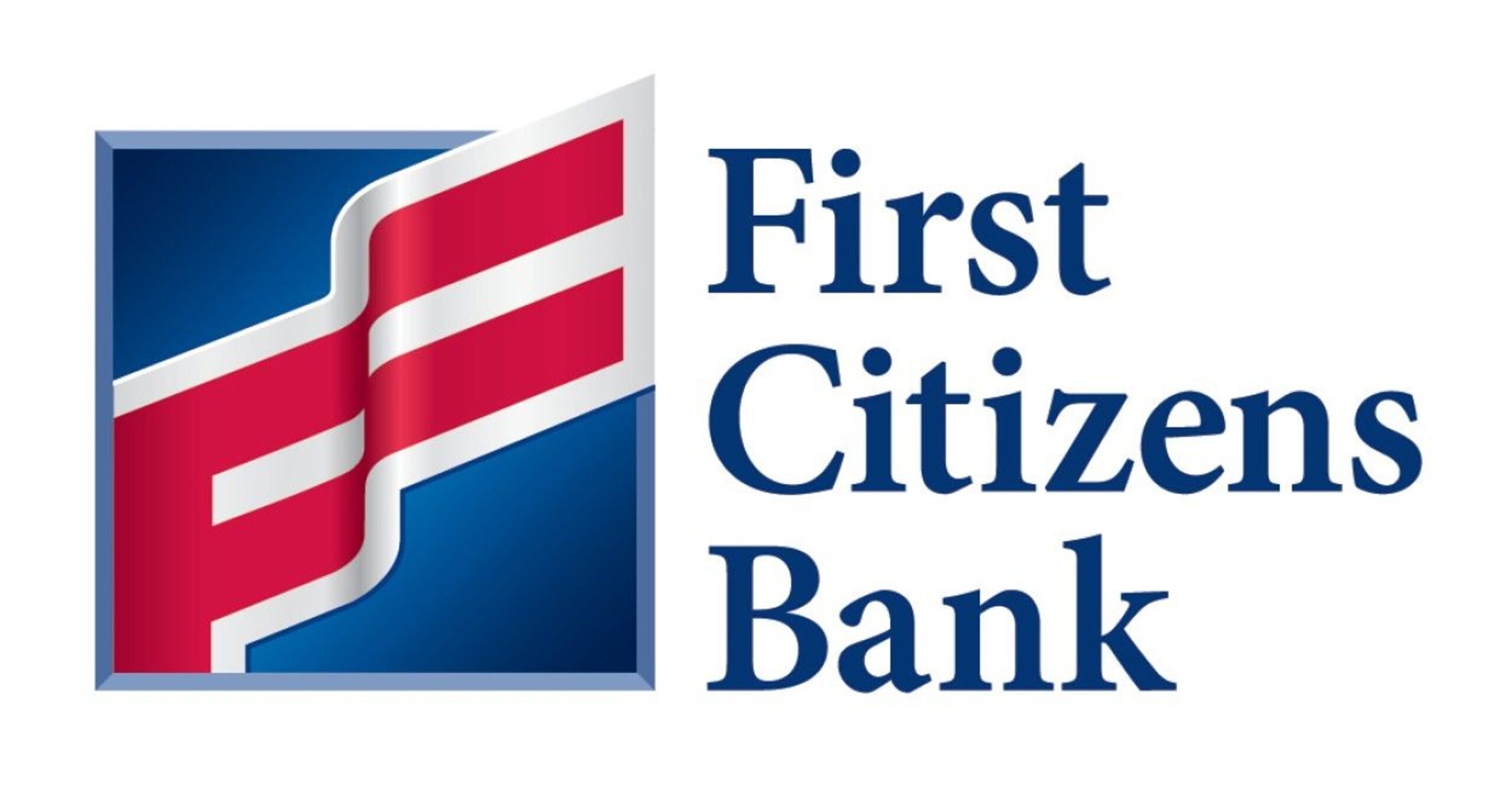Glenwood Avenue in far west Raleigh — what to do?
- July 18, 2019
- Posted by: Joe Milazzo II
- Category: Blog, Thursday thoughts at 3

Our friends at NCDOT have a plan for making our ride on US 70/Glenwood Avenue a little better — whether we are on foot, a bicycle, or in a bus or car — for a four mile section starting just east of I-540.
What is the plan?
Richard Stradling with the News&Observer has a great summary of the project in a recent article. You can also view the NCDOT public information page for the project here in preparation for an upcoming meeting this coming Monday, July 22.
The goal of the plan is to find a way to increase capacity, reduce delay, and improve safety — and yes, the NCDOT plan will do all three. In fact, they have created two options to do this.
One option — the one I like more, at least at first glance — would expand Glenwood by one lane per direction — from a four lane road to a six lane — and also convert several existing signals to what NCDOT terms a “Reduced Conflict Intersection” configuration. This is an apt description, as it reduces potential conflicts between vehicles, which improves safety, and also reduces delay for Glenwood Avenue through travelers.
RTA also refers to corridors with these simplified, reduce conflict signalized intersections as “synchronized streets,” since that is exactly what they do. By redirecting all side street traffic as right turns onto the main street, then the main street (US 70/Glenwood Avenue in this case) can be easily synchronized, in both directions — which dramatically improves its traffic flow and capacity. These designs also simplify traffic flow, and, as NCDOT notes, they reduce conflicts.
If you are curious: the redirected side street travelers that originally desired to go straight across the main street, or to turn left on the main street, will turn right on the main street, make a U-turn, and then proceed in their desired direction of travel. While redirected side street travelers do travel a longer distance, their trip time is not necessarily longer, because the traffic signals are able to cycle much faster with a synchronized street since there are fewer side street signal phases.
There is also a second, more traditional widening project option that would expand Glenwood by two lanes per direction — from a four lane road to an eight lane — without creating “reduced conflict” intersection designs. My expectation is that the eight-lane traditional design will likely provide about the same capacity as the six-lane synchronized street, although I am guessing that typical delays may be a little higher with the eight lane design since the signals will take longer to cycle through, given more signal phases and with Glenwood nearly 20′ wider.
Before I forget: either design will also add a multi-use path along the south of Glenwood for a portion of the length, which will be very helpful for pedestrian and bicycle users.
Regardless of which design the public likes and NCDOT chooses — it could be a combination — the improvements will cost money, and money for transportation is currently at a premium. As a result, it will also take time — in fact, construction might not start for nearly a decade as things currently stand from an NCDOT funding standpoint.
If you have some time on Monday evening, July 22, stop by the Embassy Suites at Brier Creek (near US 70 and I-540) between 4 pm – 7 pm, learn more, and offer your thoughts. Comments via email will also be accepted through Aug. 5. Details here.
Joe Milazzo II, PE
RTA Executive Director
RTA is the voice of the regional business community on transportation
www.letsgetmoving.org
post reference: th3.2019.29

























